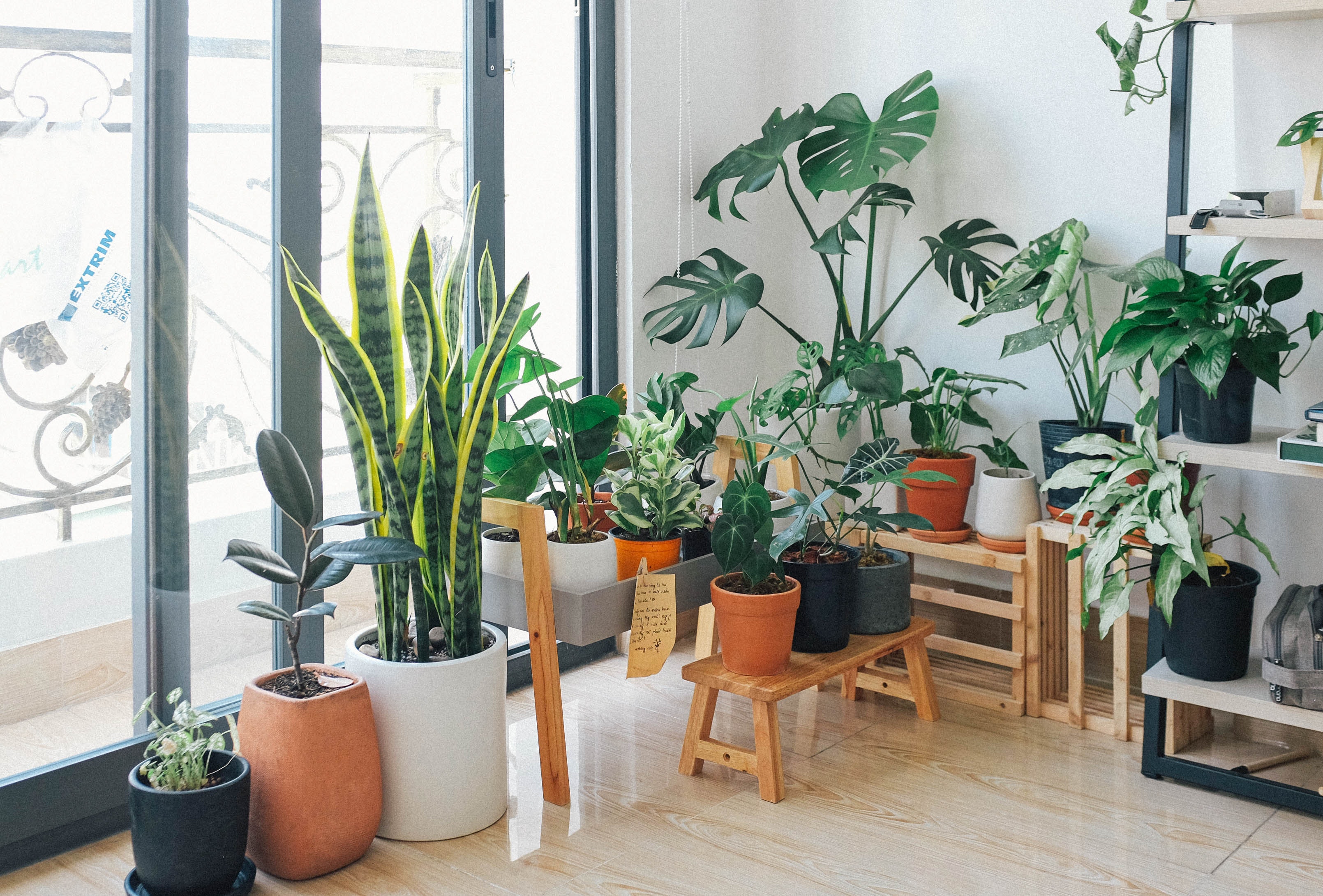An expert guide to caring for houseplants

Gardening is often viewed as a seasonal pastime, but that’s only the case if you focus exclusively on outdoor activities. With autumn in full swing, keen gardeners have already seen summer-flowering plants withering and dying off. While the varied colours of autumn are undoubtedly uplifting, there’s always a sense of sadness at the prospect of the dark months ahead, presenting limited scope to tend flowerbeds or shrub borders.
Things are very different if you redirect your energies towards houseplants. It’s possible to reap the mental health benefits and productivity gains of year-round engagement with nature, all without needing to put on a jacket or dodge rain showers. The houseplant industry is burgeoning, with post-pandemic Brits typically spending over £300 a year on houseplants. However, caring for houseplants requires a combination of attentiveness, proactiveness and enthusiasm to maintain healthy foliage all year round.
Don’t overdo it
The temptation to fill windowsills and corners with Aloe vera and cacti is obvious, especially if you live in an apartment or have limited outside space. Even so, it’s best to start small, with a couple of plants or window boxes. Every gardener learns from their past mistakes and this is easier if you haven’t filled every corner of your home with herb baskets or bonsai from the outset. Keep notes on things that work (and things that don’t) for reference next year.
Choose your plants carefully
If you have a full-height south-facing window, you should consider different species of plants than if you have a north-facing external balcony. Shallow window boxes suit smaller plants than large ceramic pots – the latter should be elevated above the floor to make tending and trimming easier. Invest in a few gardening tools including spray bottles and pruning scissors. Some houseplants benefit from a layer of gravel underneath their soil, for added drainage.
Address the basics
As a bare minimum, plants need light and water to survive, so don’t expect a plant to thrive in a dark corner. Natural daylight is especially important for houseplants which are otherwise denied the benefits of direct sunlight. Also remember that dust circulates indoors in ways it doesn’t outside, and a coating of dust will stifle leaves as they attempt to soak up light. Gently brush plants every couple of weeks, and vacuum around them regularly.
Develop a care routine
Plant maintenance becomes easier if you do it as a matter of routine. Key activities include regular light watering (over-watering is the leading cause of houseplants dying) and occasional fertilising, plus ad hoc repotting if root structures begin wrapping around the insides of an existing container. Keep a small bag of fresh nutrient-rich soil aside in a cool cupboard ready for repotting, since this goes a long way towards extending plant life.
Don’t let growth go unchecked
We mentioned previously that plants can outgrow their existing containers, but unrestrained growth shouldn’t be encouraged. Trimming a few inches off houseplants in early autumn helps them to stay healthier, as well as stimulating growth lower down the trunks or stems. Always remove dead or diseased leaves and flowers (they consume nutrients with no benefit) and treat infestations using insecticide soap or specialist sprays from a garden centre.
Back to Latest Posts




